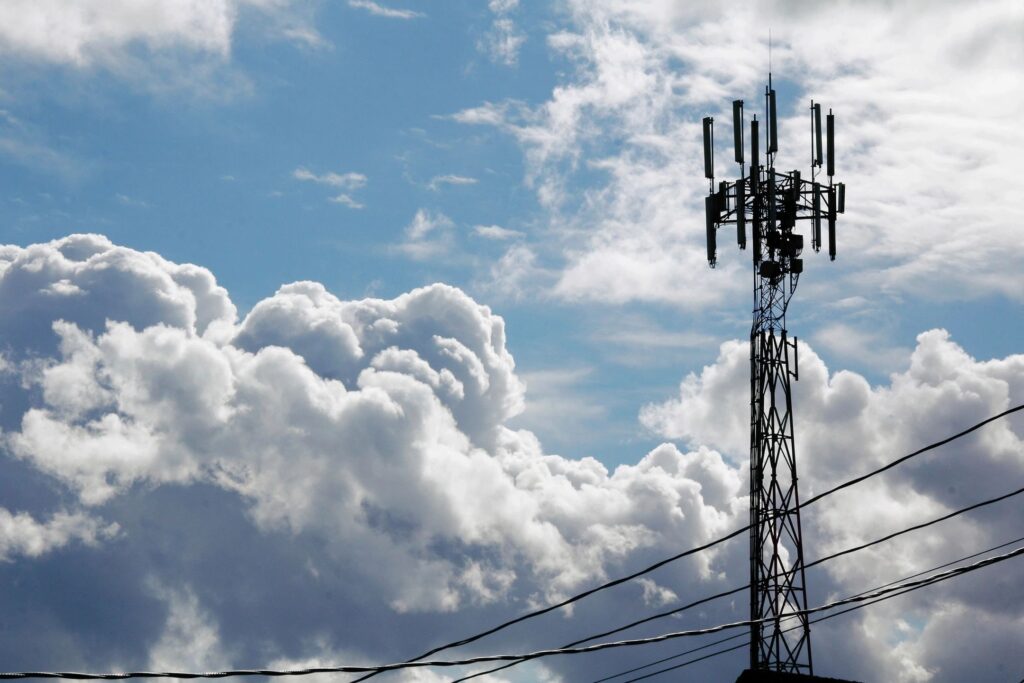
ATLANTA – The Georgia Public Service Commission is scheduled to vote Tuesday to set parameters on legislation the General Assembly passed this year aimed at expanding broadband service in rural Georgia.
But electric membership cooperatives (EMCs) and telecom providers aren’t waiting. From the North Georgia mountains to the Florida line, they’re already making progress on rural broadband projects across the state.
“Internet access is one of the most important things that impacts us in rural Georgia,” state Sen. Steve Gooch, R-Dahlonega, said Dec. 2 at the joint announcement of a partnership between Amicalola EMC and Ellijay Telephone Co. to extend broadband service to customers in four North Georgia counties.
“If you don’t have internet access, you can’t reach out across the world as a small business and do the kind of things that other people do who are in bigger cities,” he said.
The Amicalola EMC-Ellijay Telephone partnership isn’t the only rural Georgia broadband project to move forward this month. On Dec. 3, Comcast announced it had completed an expansion of broadband to more than 2,500 homes and businesses in Haralson County.
For the EMCs, the green light came last year when the General Assembly passed legislation sponsored by Gooch that for the first time authorized EMCs to provide broadband service to their customers.
Since then, besides the Amicalola EMC project, Carroll EMC and Colquitt EMC have announced broadband projects in their areas of the state.
LaGrange-based Diverse Power became the first EMC after the passage of Gooch’s Senate Bill 2 to delve into broadband last March when it announced plans to run 150 miles of fiber-optic cable to serve 600 customers in five rural counties in Southwest Georgia.
Those three will join Blue Ridge EMC and Habersham EMC, which started offering broadband several years ago, even though the legal authority to do so prior to Senate Bill 2 was unclear.
Historically, bringing broadband service to rural Georgia has been a difficult proposition for the EMCs.
“When you get down into these rural areas, there’s just not many people, maybe five to six people per mile or, in our case, meters,” said Dennis Chastain, president and CEO of Georgia EMC, the trade association for local EMCs representing about 4.4 million Georgians. “If there’s not that many people there, it’s hard to cover the cost of building the line.”
That was certainly the case when Moultrie-based Colquitt EMC began considering providing broadband to customers in its largely rural seven-county service territory, said Danny Nichols, the EMC’s president and CEO.
“We recognized early on we couldn’t go into the broadband business on our own. The math doesn’t work,” he said. “But we couldn’t play ostrich and put our heads in the sand.”
What changed this year was the coronavirus pandemic, which made getting high-speed internet connectivity into rural communities even more critical. Suddenly, companies were forced to rely on virtual meetings to conduct business and schools had to resort to distance learning.
“A lot of our children today are having to do online classes,” Gooch said. “They’re not allowed to go back to the classrooms because of the pandemic.”
With broadband service more vital than ever, Colquitt EMC began looking for a partner that could make broadband doable. It found one in Windstream, a telecom provider serving mostly rural areas in 18 states.
Working together, Colquitt EMC and Windstream have completed their first project, bringing broadband service to 320 customers, and are about to launch a second.
Rather than making funding investments, the partners have cut a deal that doesn’t involve money, Nichols said.
“We make the pole line ready at no cost, let [Windstream] attach to the poles at no cost and use our in-house labor to install the cable on our poles,” he said.
But most broadband projects do require sources of funding. In the case of the Amicalola EMC-Ellijay Telephone agreement, the EMC is investing $6.5 million to $7 million initially for 220 miles of new fiber and up to $25 million when the project is fully built out, said Todd Payne, Amicalola’s president and CEO.
The phone company’s ultimate investment could top $15 million, said Jason Smith, Ellijay Telephone’s chief operating officer.
“This is a partnership that should be replicated across the state,” he said.
Over in West Georgia, Comcast’s completion of service to Haralson County announced this month will be followed in January by an extension of broadband to an additional 5,000 customers in Carroll County. The telecom provider’s total investment in the two counties is nearly $9 million.
Fortunately for other EMCs and telecom companies interested in pursuing broadband projects, a new source of federal funding was announced last Monday.
The Federal Communications Commission (FCC) is allocating $9.2 billion during the next 10 years through the first phase of its Rural Digital Opportunity Fund, which will bring broadband to unserved rural communities in 49 states. Georgia’s share of the money – $326.5 million – will serve 179,455 homes and businesses, according to the FCC.
Chastain said the federal funds will certainly help, but removing the “digital divide” that separates rural Georgia communities from their urban and suburban counterparts will continue to be a challenge that no one model will solve going forward.
“There’s not one size that fits all. There’s no silver bullet,” he said. “Great partnerships are the type of thing that’s going to move the needle.”
